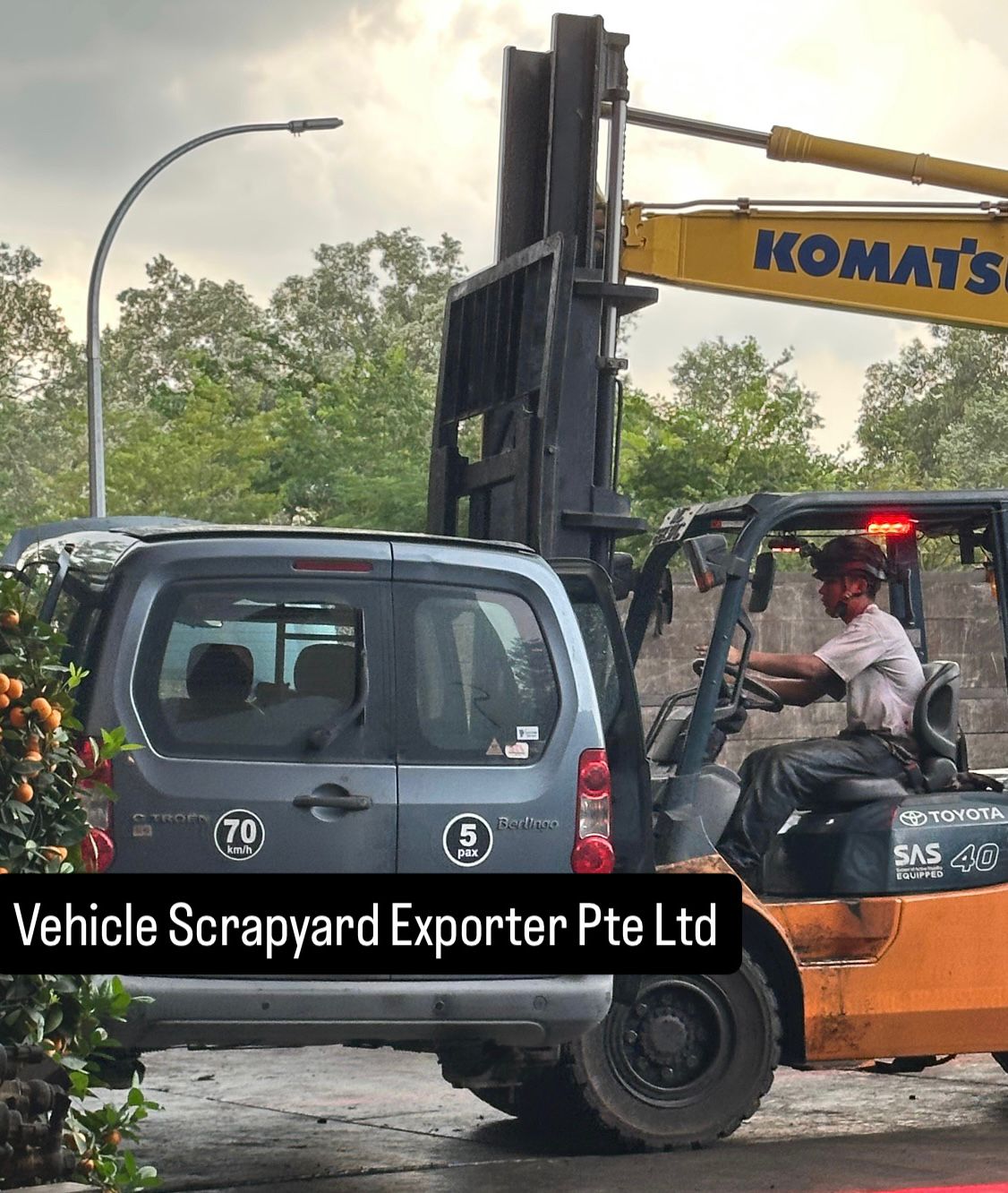Introduction to Vehicle Exporting in Singapore
Exporting a vehicle from Singapore involves several important steps and legal requirements. Whether you are relocating overseas, selling your vehicle abroad, or conducting business, understanding the export process helps avoid unnecessary delays or penalties.

Understanding Vehicle Export Regulations
Vehicle export is the permanent transfer of a registered vehicle out of Singapore’s jurisdiction to another country. This process requires deregistering the vehicle with the Land Transport Authority (LTA), complying with customs requirements, and adhering to regulations of both Singapore and the destination country.
Step 1: Confirm Your Vehicle’s Export Eligibility
Before proceeding, verify that your vehicle is eligible for export. Ensure there are no outstanding loans or fines, and that you are the rightful owner with proper documentation. Check the status of your Certificate of Entitlement (COE), as exporting affects COE validity and potential refunds.
Step 2: Prepare Necessary Documentation
Gather all required documents, including:
- Vehicle Registration Certificate (Log Card)
- Proof of ownership and identification
- Deregistration application form
- Export permit from Singapore Customs
- Any additional documents required by the importing country
Complete and accurate paperwork expedites the export process and prevents complications.
Step 3: Apply for Export Permits and Deregistration
Submit an application for deregistration of your vehicle with LTA and apply for an export permit through Singapore Customs. Approval of these permits is necessary before the vehicle can leave Singapore.
Step 4: Arrange Vehicle Inspection and Clearance
Your vehicle may need to undergo an inspection to ensure it meets export standards. Customs clearance is also required before shipping, to confirm all duties and regulations are complied with.
Step 5: Organize Shipping and Logistics
Coordinate with a reliable shipping company experienced in vehicle export. Decide between options such as roll-on/roll-off (RoRo) or container shipping depending on your budget and the destination.
Step 6: Comply with Destination Country Requirements
Research and meet all import requirements of the destination country, which may include taxes, safety inspections, emissions standards, and registration procedures. Failing to comply may result in vehicle seizure or fines.
Common Challenges and How to Avoid Them
Common challenges include missing paperwork, delays in permit approval, improper vehicle preparation, and misunderstanding import regulations. To avoid these, plan ahead, work with reputable agents, and double-check all documentation.
Conclusion: Ensuring a Smooth Vehicle Export Process
Exporting a vehicle from Singapore is straightforward when you understand the steps and prepare accordingly. By verifying eligibility, organizing paperwork, complying with legal requirements, and coordinating logistics, you can ensure a hassle-free export experience. Always consult with professionals or authorities if unsure, to safeguard your interests throughout the process.